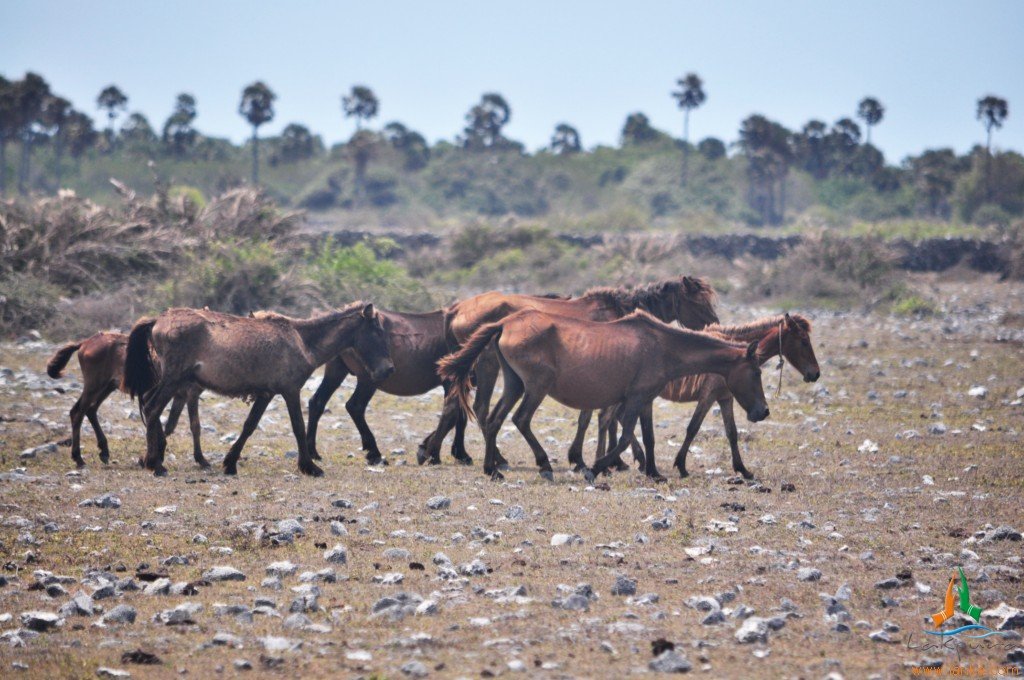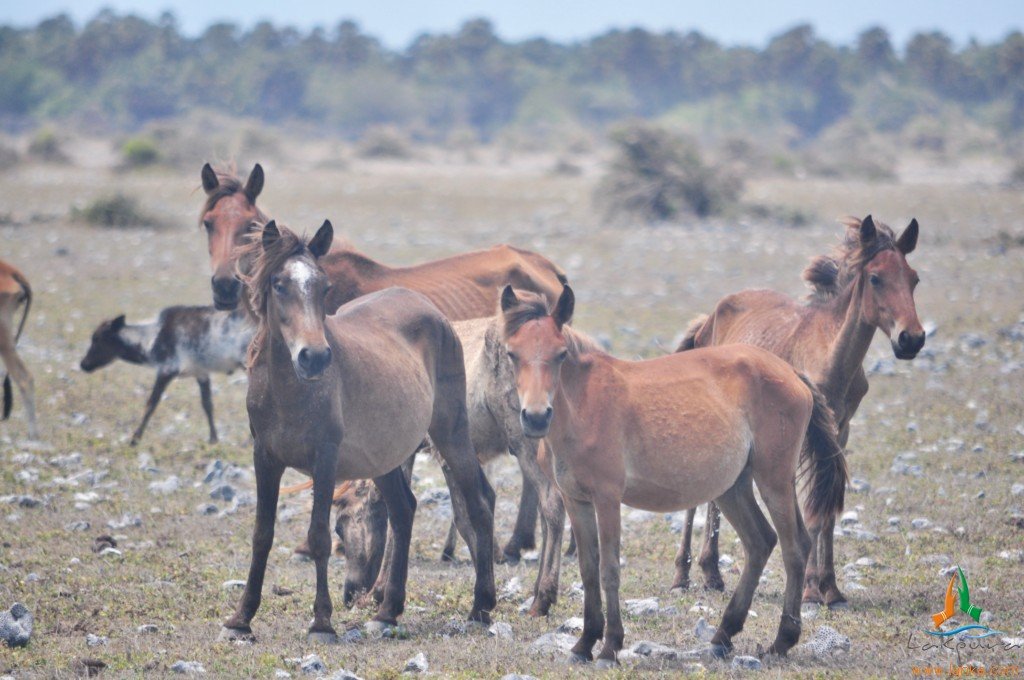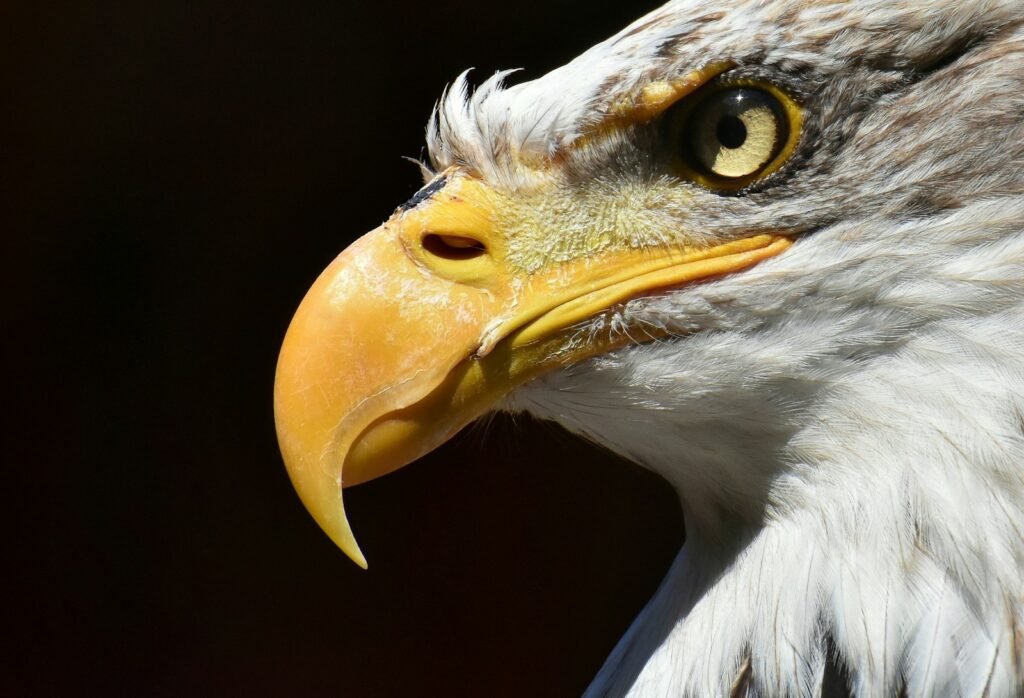Picture this: wild horses galloping freely across European landscapes, their hooves thundering against ancient earth that their ancestors once roamed. For centuries, this scene existed only in our imagination and history books. The last truly wild horses of Europe vanished long ago, replaced by concrete jungles and agricultural fields. But something extraordinary has been happening in the Netherlands that’s turning this dream into reality.
The Last Wild Horses of Europe: A Forgotten Legacy

Europe’s wild horses disappeared from the continent centuries ago, victims of human expansion and habitat destruction. The tarpan, Europe’s native wild horse, officially went extinct in 1909 when the last captive individual died in a Russian zoo. These small, hardy horses once roamed from Western Europe to the steppes of Central Asia, but relentless hunting and habitat loss gradually pushed them toward extinction. What makes this loss even more tragic is that these weren’t just random animals – they were the living links to Europe’s prehistoric past, the descendants of the horses that prehistoric humans painted on cave walls. The absence of these magnificent creatures left a gaping hole in European ecosystems that nobody truly understood until recent decades.
The Netherlands’ Bold Vision: Rewilding on a Grand Scale

The Netherlands, a country known more for its tulips and windmills than wild landscapes, made an audacious decision in the 1980s that would change everything. Dutch conservationists and government officials recognized that their heavily managed landscape was missing something crucial – the wild spirit that once defined European nature. They launched ambitious rewilding projects, most notably in the Oostvaardersplassen and later in the Keukenhof region, with a radical idea: bring back the ecological processes that shaped Europe for millennia. This wasn’t just about pretty scenery; it was about restoring the natural systems that had been disrupted for centuries. The Dutch approach became a model that other European nations would later study and attempt to replicate.
Konik Horses: The Genetic Time Machine

The star of the Netherlands’ rewilding success isn’t technically a wild horse, but it’s probably the closest thing we’ll ever get to the real deal. Konik horses, small Polish horses with distinctive dun coloring and primitive markings, carry genetic traces of the extinct tarpan in their DNA. These hardy little horses were selectively bred by Polish scientists in the 20th century specifically to recreate the characteristics of their wild ancestors. Standing about 13 hands high with sturdy builds and thick winter coats, Koniks possess the resilience and survival instincts that domestic horses have largely lost. Their ability to live outdoors year-round, forage for food, and form natural social structures makes them perfect candidates for rewilding projects.
Oostvaardersplassen: Europe’s Serengeti in Miniature

In the heart of the Netherlands lies one of Europe’s most remarkable conservation success stories. Oostvaardersplassen, a 56-square-kilometer nature reserve created on reclaimed land, has become home to thousands of large herbivores living in semi-wild conditions. The reserve hosts not just Konik horses, but also Heck cattle and red deer, creating a dynamic ecosystem that mimics the European wilderness of thousands of years ago. Visitors often describe the experience as surreal – watching herds of horses move across the landscape while modern Dutch cities shimmer in the distance. The reserve has become so successful that it now requires careful management to prevent overgrazing, a problem that conservationists are happy to have.
The Science Behind Successful Horse Reintroduction

Reintroducing horses to European landscapes isn’t as simple as opening a gate and letting them run free. Scientists have spent decades studying the ecological requirements, social behaviors, and genetic needs of these animals to ensure successful integration. Research shows that horses play a crucial role as ecosystem engineers, creating diverse habitats through their grazing patterns and movement. Their selective feeding habits create a mosaic of vegetation types, from closely cropped grasslands to areas of taller vegetation where other species can thrive. The Dutch projects have provided invaluable data on how modern horse populations adapt to semi-wild conditions and what factors determine their long-term success. This scientific foundation has been crucial in convincing skeptics and securing continued funding for expansion projects.
Ecological Impact: More Than Just Pretty Horses

The return of horses to Dutch landscapes has triggered a cascade of ecological changes that scientists are still documenting. These animals don’t just eat grass – they’re landscape architects, creating diverse habitats that support hundreds of other species. Their grazing creates short-grass areas perfect for ground-nesting birds, while their tendency to avoid certain plants allows wildflower meadows to flourish. Horse manure provides nutrients for insects, which in turn feed birds and small mammals, creating a complex web of ecological relationships. Even their hoofprints serve a purpose, creating small water pools that amphibians and insects depend on. The Netherlands has documented increases in biodiversity wherever horse populations have been established, proving that these animals are far more than just charismatic megafauna.
Challenges and Controversies: Not Everyone’s Happy

Despite the ecological successes, the Dutch horse reintroduction program hasn’t been without its critics and challenges. Animal welfare groups have raised concerns about horses dying during harsh winters, arguing that intervention is necessary to prevent suffering. Some local communities have worried about property damage and the costs of maintaining large herbivore populations. Agricultural interests have questioned whether valuable farmland should be converted to horse pastures, especially in a country where every square meter of land is precious. Political debates have erupted over management policies, particularly regarding whether to provide supplemental feeding during winter months. These controversies highlight the complex balance between conservation goals and human concerns that all rewilding projects must navigate.
Genetic Diversity: The Hidden Challenge

One of the most significant challenges facing the Dutch horse populations is maintaining genetic diversity. Most of the founding populations came from relatively small groups of Konik horses, creating potential bottlenecks that could affect long-term viability. Conservationists have had to carefully manage breeding programs, introducing new genetic lines while maintaining the primitive characteristics that make these horses suitable for rewilding. DNA testing has become a crucial tool, helping scientists track family lines and prevent inbreeding. The Dutch experience has shown that successful rewilding requires not just ecological knowledge but also sophisticated genetic management. International cooperation has become essential, with horse populations being exchanged between countries to maintain healthy genetic diversity.
Winter Survival: Nature’s Ultimate Test

Perhaps nothing demonstrates the success of the Dutch rewilding program more dramatically than watching horses survive harsh European winters without human intervention. Konik horses have proven remarkably adaptable, growing thick winter coats and learning to paw through snow to reach grass beneath. They’ve developed sophisticated social behaviors, with groups forming protective circles during storms and sharing body heat during the coldest nights. The horses have also learned to identify and consume winter foods that domestic horses wouldn’t touch, including bark, twigs, and dried vegetation. Mortality rates, while initially concerning to observers, have stabilized at levels that scientists consider natural and sustainable. These winter survival skills prove that the horses have successfully transitioned from domestic to semi-wild status.
Breeding Success: A New Generation of Wild Horses

The sight of foals running freely across Dutch grasslands represents one of the most emotionally powerful aspects of the rewilding program. These young horses, born into semi-wild conditions, display behaviors that their domesticated ancestors had lost over centuries of human management. They’re more alert, more social, and more environmentally aware than typical domestic horses. Multi-generational studies have shown that each successive generation becomes more adapted to wild conditions, with improved survival rates and stronger social bonds. The breeding success has been so significant that some populations have had to be managed to prevent overgrazing. These new generations of horses represent hope for the future of European rewilding, proving that domesticated animals can successfully return to more natural states.
The Ripple Effect: Inspiring Conservation Across Europe

The success of the Dutch horse reintroduction program has inspired similar projects across Europe and beyond. Countries like Germany, Portugal, and even parts of the United States have launched their own rewilding initiatives, often using the Dutch model as a template. European Union conservation funding has increasingly supported these large-scale ecosystem restoration projects, recognizing their value for biodiversity conservation and climate change mitigation. Scientific papers documenting the Dutch experience have been cited hundreds of times, contributing to a growing body of knowledge about rewilding best practices. The Netherlands has become an unlikely leader in conservation, proving that even small, densely populated countries can make significant contributions to global biodiversity conservation.
Economic Benefits: Conservation That Pays for Itself

What many people don’t realize is that the Dutch horse reintroduction program has generated significant economic benefits that help justify its costs. Ecotourism has flourished around the reserves, with visitors coming from around the world to see semi-wild horses in European landscapes. Local communities have benefited from increased tourism revenue, creating jobs in hospitality, guiding, and conservation management. The horses themselves have become valuable exports, with other countries purchasing Dutch-bred animals for their own rewilding projects. Research activities have attracted international scientists and funding, establishing the Netherlands as a center for rewilding research. These economic benefits have helped secure political support for program expansion and long-term funding commitments.
Technology and Monitoring: 21st Century Conservation

Modern technology has played a crucial role in the success of Dutch horse reintroduction programs. GPS collars and satellite tracking allow scientists to monitor horse movements and behavior patterns without human interference. Drone surveys provide detailed population counts and habitat assessments that would be impossible to conduct on foot. Genetic analysis tools help maintain breeding records and prevent inbreeding. Weather monitoring stations provide data on environmental conditions that affect horse survival and reproduction. Social media and online cameras have made it possible for people around the world to follow the horses’ daily lives, building public support for conservation efforts. This technological approach has made the Dutch program one of the most scientifically rigorous rewilding projects in the world.
Cultural Impact: Reconnecting with Our Wild Heritage

The return of horses to Dutch landscapes has had profound cultural implications that extend far beyond conservation science. School children now visit the reserves to see animals that their grandparents could only imagine in storybooks. Artists and photographers have found new inspiration in these wild scenes, creating works that celebrate the return of Europe’s natural heritage. The horses have become symbols of successful environmental restoration, proving that humans can repair some of the damage they’ve caused to natural systems. Traditional ecological knowledge has gained new respect as people recognize the wisdom of living in harmony with large herbivores. The program has helped Dutch society reconnect with its agricultural and natural heritage in ways that were unimaginable just decades ago.
Climate Change Adaptation: Horses as Ecosystem Engineers

As climate change threatens ecosystems worldwide, the Dutch horse populations have demonstrated remarkable adaptability that offers hope for the future. Their grazing patterns create diverse habitats that are more resilient to extreme weather events than uniform landscapes. The horses’ ability to survive varying weather conditions without human intervention proves that well-designed rewilding projects can help ecosystems adapt to changing climate conditions. Their role in carbon sequestration through grassland management has attracted attention from climate scientists studying natural climate solutions. The horses have also shown behavioral flexibility, adjusting their feeding and movement patterns in response to changing seasonal patterns. This adaptability suggests that rewilded ecosystems may be more resilient to climate change than heavily managed landscapes.
Future Expansion: The Next Phase of Rewilding

The success of existing Dutch horse populations has opened the door for even more ambitious rewilding projects. Plans are underway to create wildlife corridors connecting different reserves, allowing horses and other animals to move freely across larger landscapes. International cooperation is increasing, with discussions about transnational rewilding projects that would span multiple countries. New genetic research is exploring the possibility of using advanced breeding techniques to recreate even more authentic wild horse characteristics. Urban rewilding projects are being considered, bringing semi-wild horses closer to human populations in carefully managed settings. The Netherlands is positioning itself as a global leader in rewilding science, with plans to export its expertise to other countries facing similar conservation challenges.
Lessons Learned: What Success Really Means

The Dutch experience with horse reintroduction has taught conservationists valuable lessons about what success means in rewilding projects. Success isn’t just about animal survival – it’s about recreating functional ecosystems that benefit entire communities of species. The program has shown that public support is crucial for long-term success, requiring ongoing education and engagement efforts. Political stability and long-term funding commitments are essential for projects that take decades to fully mature. Scientific monitoring and adaptive management are necessary to address unexpected challenges and optimize outcomes. Perhaps most importantly, the Dutch experience has demonstrated that rewilding projects must balance ecological goals with human needs and concerns. These lessons are now being applied to rewilding projects around the world, increasing their chances of success.
Global Implications: A Model for Worldwide Conservation

The Netherlands’ success with horse reintroduction has implications that extend far beyond European borders. The techniques and approaches developed in Dutch reserves are being adapted for use with other species in different ecosystems around the world. The economic models that make Dutch rewilding financially sustainable are being studied by conservation organizations in developing countries. The public engagement strategies that built support for the program are being replicated in societies where conservation faces cultural resistance. Scientific methodologies developed in the Netherlands are being used to monitor and evaluate rewilding projects on every continent. The Dutch approach has become a template for successful conservation in the 21st century, proving that even small countries can make global contributions to biodiversity conservation.
A Vision Realized: From Dream to Reality

The transformation of the Netherlands from a country with no wild horses to a leader in equine rewilding represents one of the most remarkable conservation success stories of the modern era. What began as an ambitious dream has become a thriving reality that benefits not just horses but entire ecosystems and human communities. The sight of foals playing in Dutch meadows while their mothers graze peacefully nearby represents hope for a future where humans and wildlife can coexist successfully. The program has proven that with proper planning, scientific rigor, and community support, it’s possible to bring back elements of the wild world that many thought were lost forever. The Dutch horses have become ambassadors for rewilding, inspiring similar projects worldwide and changing how we think about conservation in the 21st century.
Who would have thought that a small European country known for its tulips and windmills would become the unlikely champion of wild horse conservation? The Dutch success story proves that with vision, science, and determination, we can heal some of the wounds we’ve inflicted on the natural world – one hoofbeat at a time.



